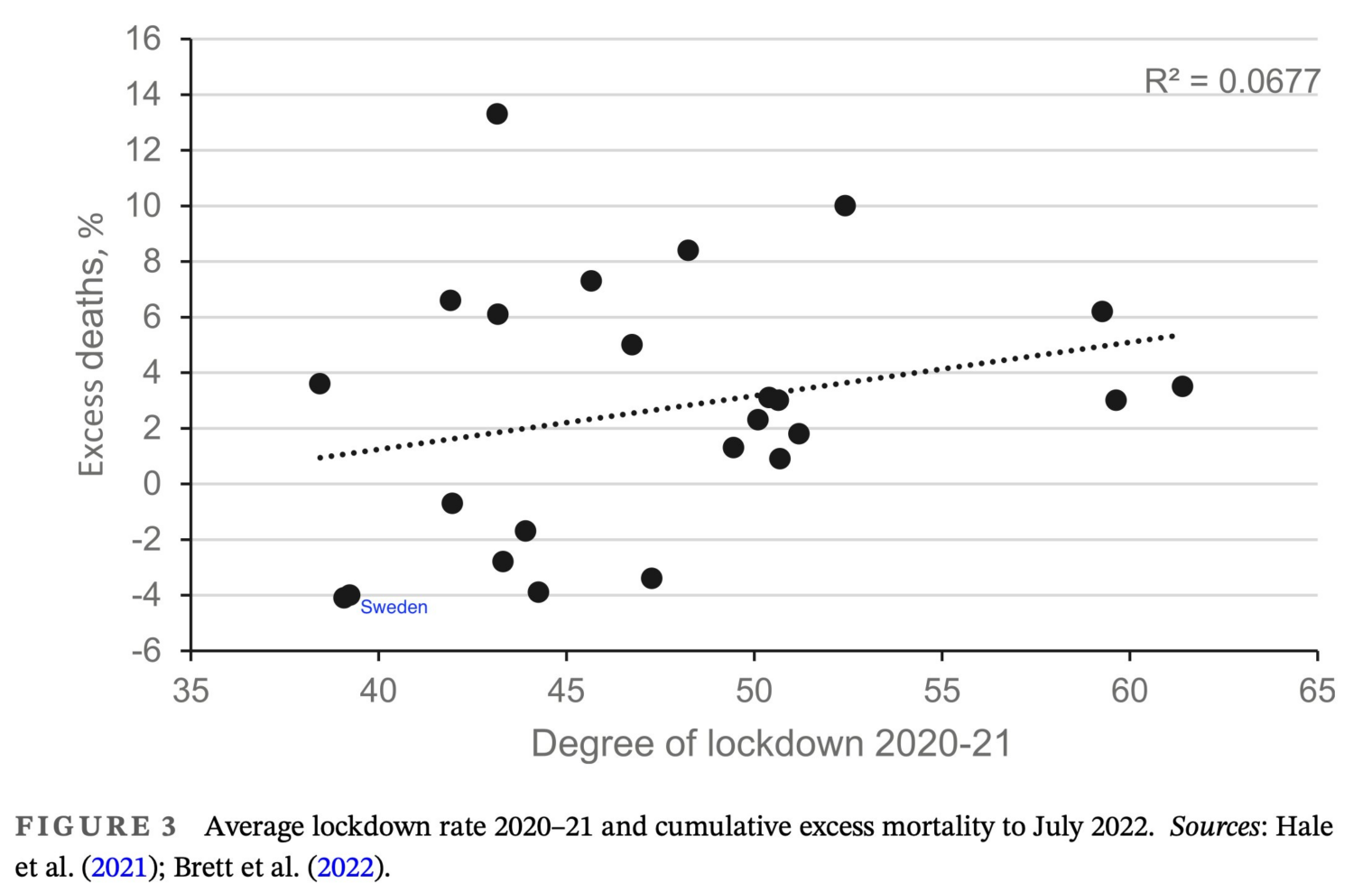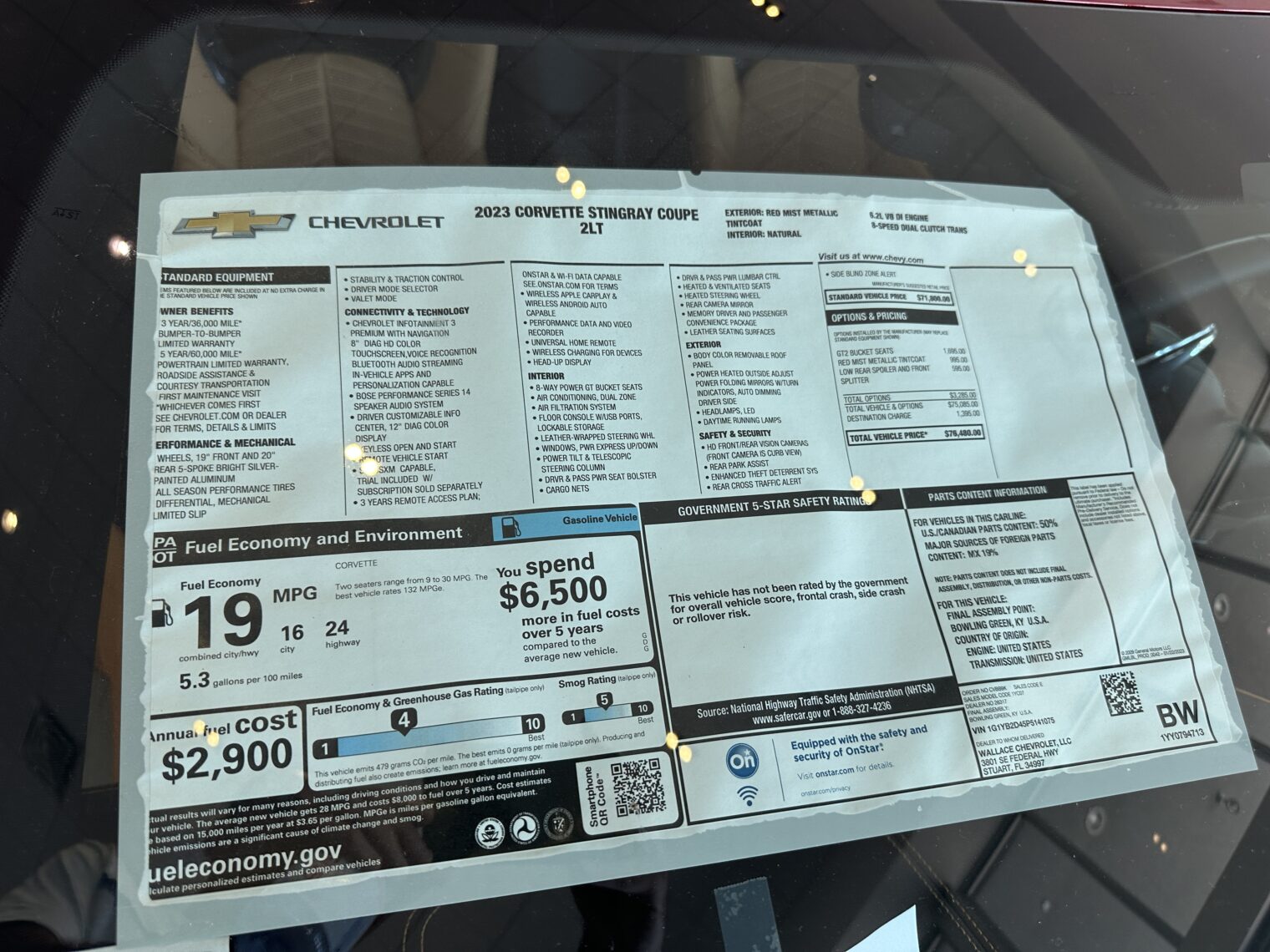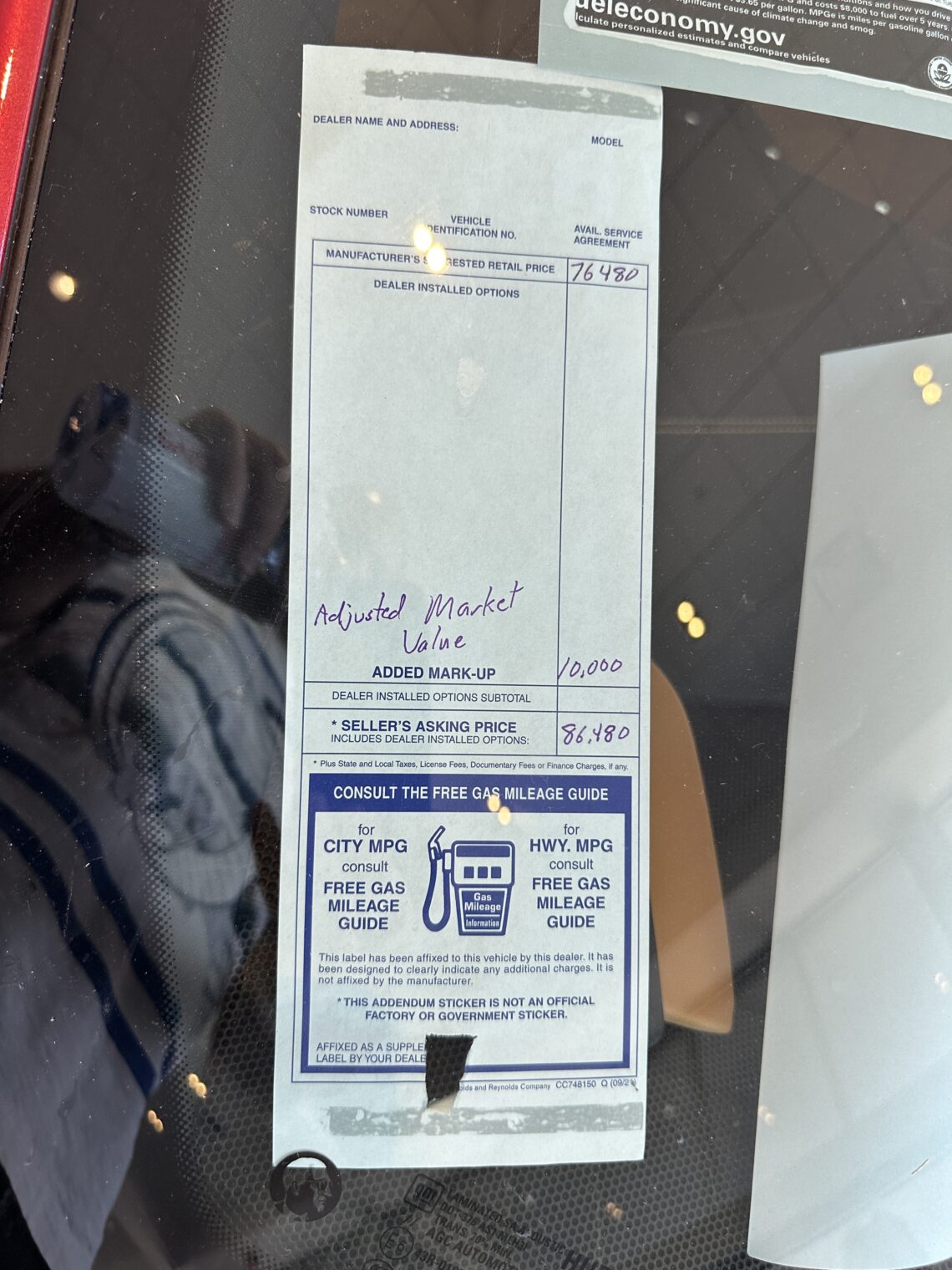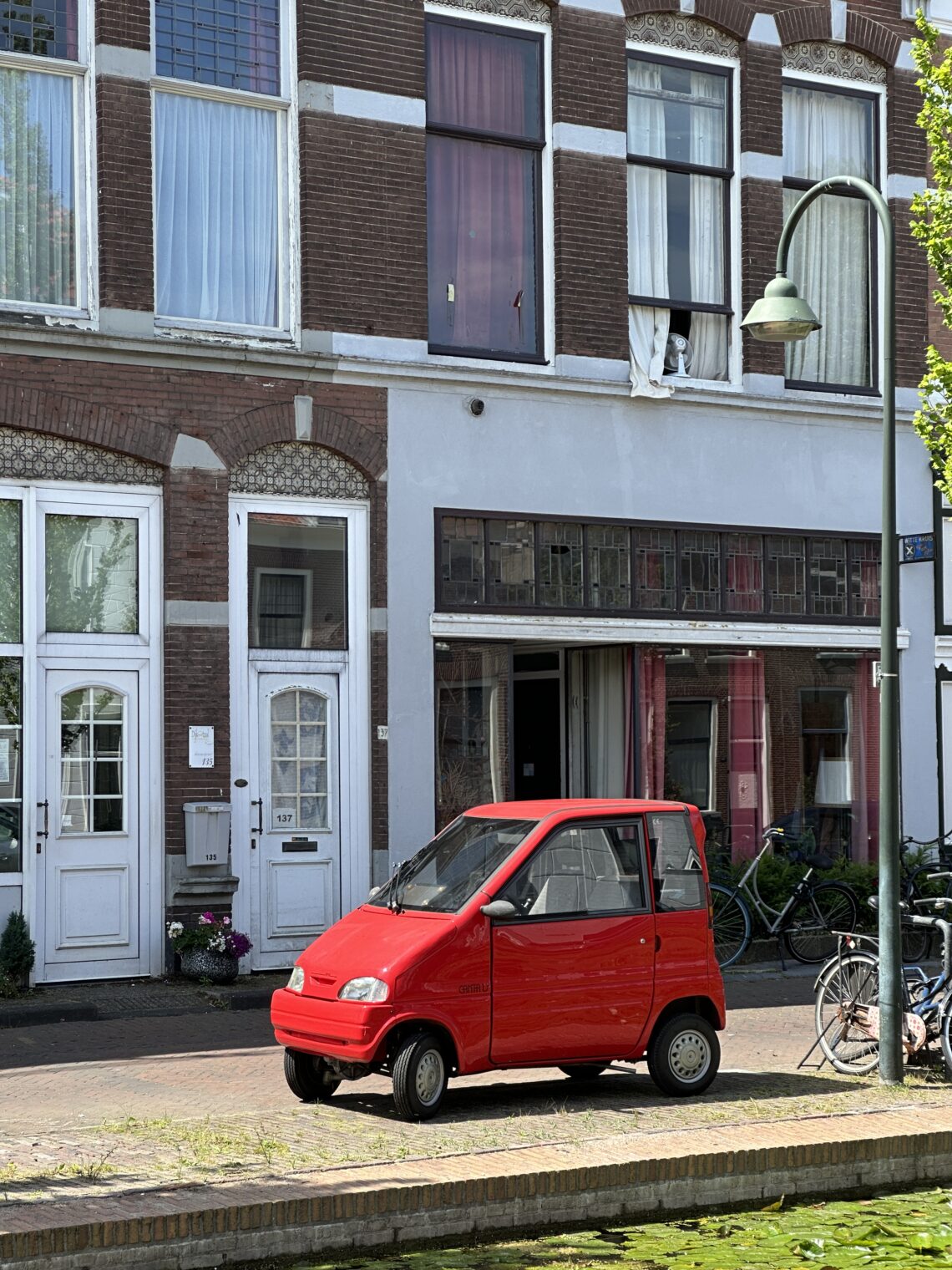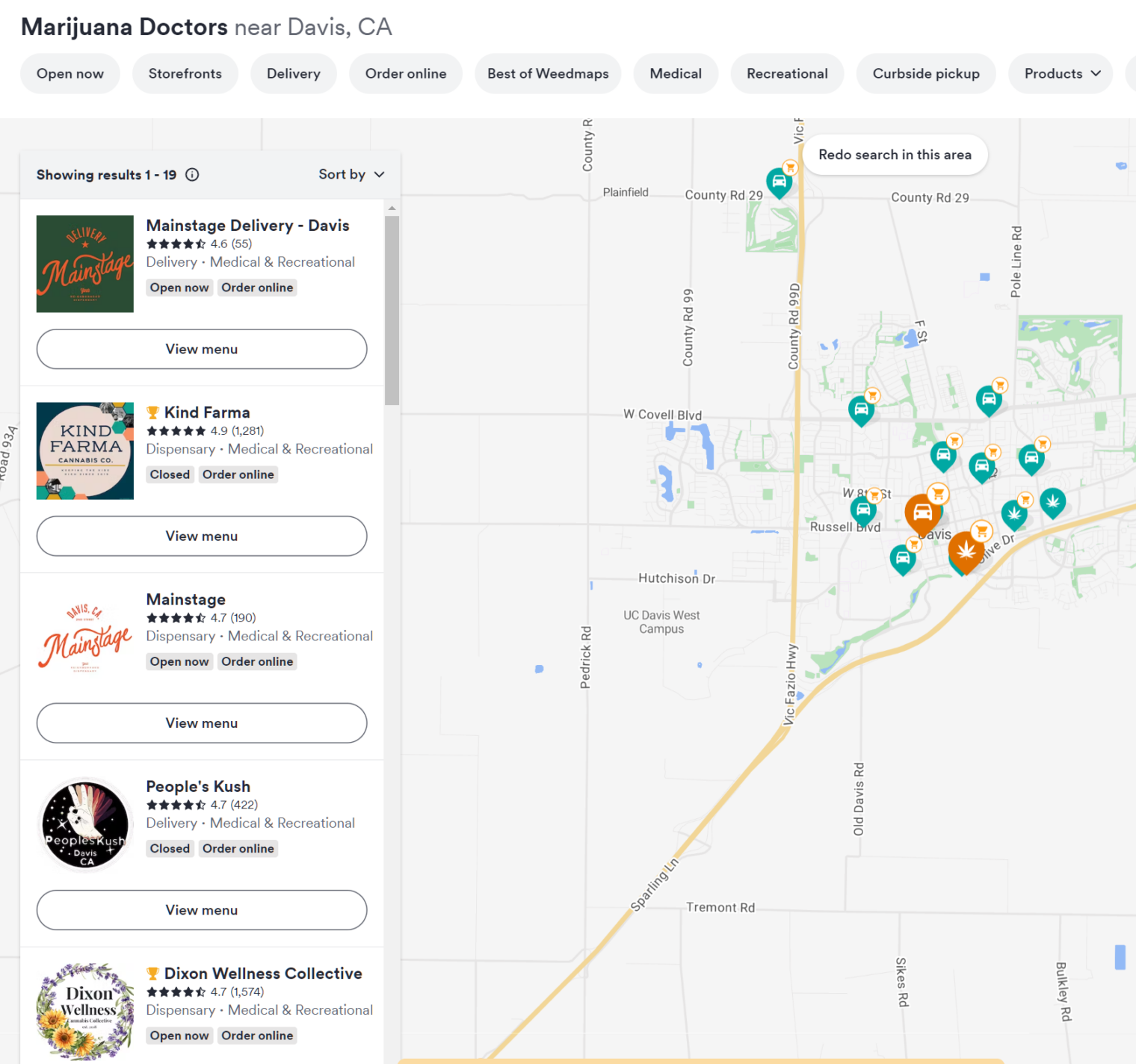New Maskachusetts program to make income inequality look more extreme than it is
I’m not sure how anyone comes up with a Gini coefficient of income inequality in the U.S. given that we have so many means-tested taxpayer-funded “not welfare” welfare programs. A person with zero income making the U.S. look extremely unequal may yet have the spending power to occupy a $60,000/year apartment, consume $30,000/year in health insurance, buy groceries, own a smartphone with service, and enjoy high-speed Internet at home via the new “free broadband” program.
There’s a new challenge in Maskachusetts… “Making Transit More Affordable: MBTA Board Approves Low-Income Fare Program to Benefit Riders in 170+ Communities” (MBTA.com):
… the MBTA today announced that the MBTA Board of Directors has unanimously approved the MBTA’s plan to implement a reduced fares program for riders with low-income. This program, which has been a topic of research and planning by the MBTA and many partners for the last decade, is an exciting improvement for fare equity.
The new program will provide riders who are aged 26-64, non-disabled, and have low income with reduced fares of approximately 50% off on all MBTA modes. Program participants will demonstrate eligibility via existing enrollment in programs with a cutoff of 200% of the federal poverty level (or lower).
The MBTA estimates the cost of the program to be approximately $52-62 million (including administrative costs, operating costs to meet induced demand, and fare revenue loss).
Without this program, a resident of Lockdown Land with 201% of the federal poverty level in income would be considered better off than someone with 200%. But with this program, the higher income person actually will have less spending power, assuming that he/she/ze/they ever uses public transit.
On net, any program likes this makes the quoted numbers on income inequality in the U.S. misleadingly extreme, which is good news, I suppose, for any political party that thrives by stoking envy.
Apropos of transportation, a friend of a friend’s hangar here in South Florida, complete with C1 Corvette and Nissan Fairlady Z (“Datsun” for Americans at the time):
And a photo of an almost-finished house that I snapped after departing from this airport:
(Jupiter Island, not to be confused with Jupiter; Intracoastal Waterway in the foreground and Atlantic Ocean in the background.)
Full post, including comments

